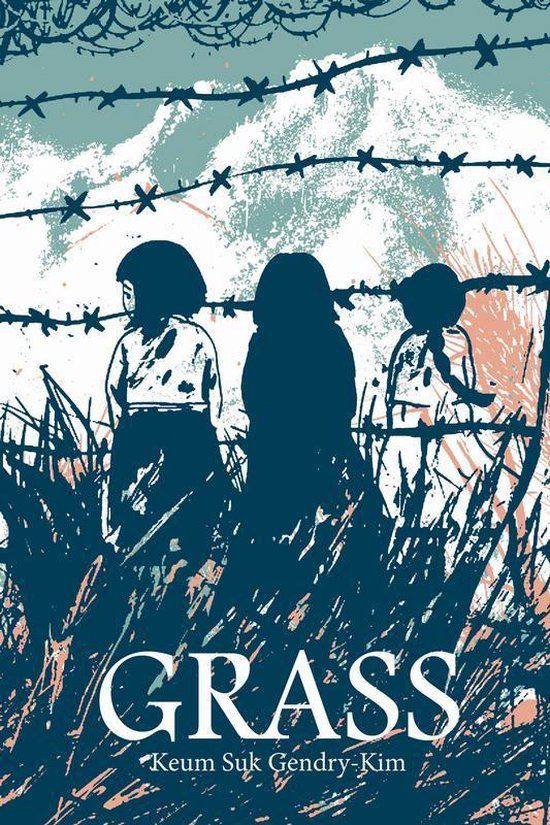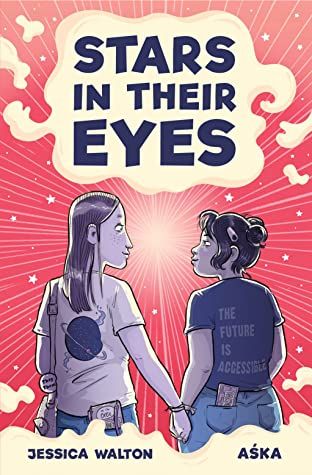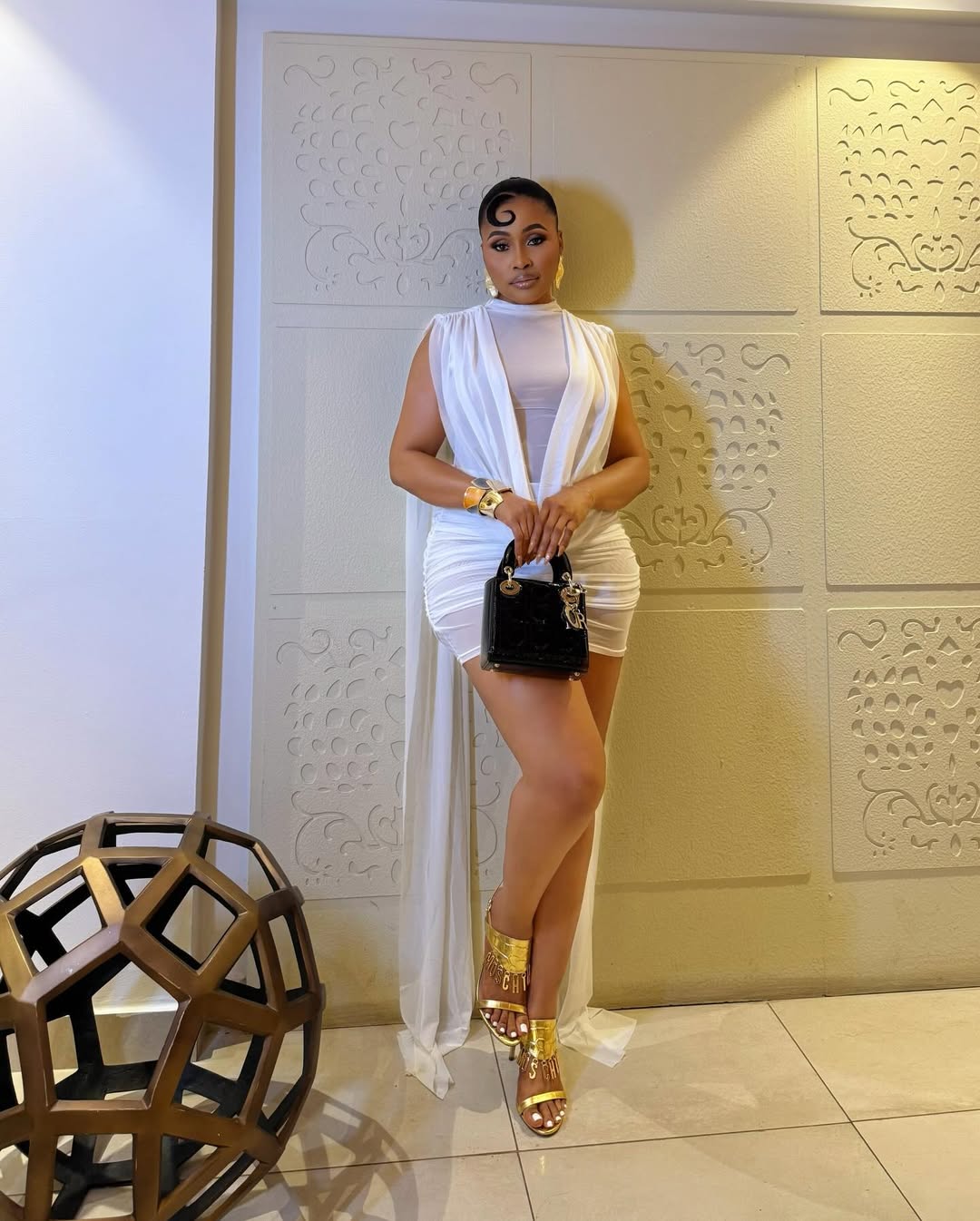[ad_1]
This content contains affiliate links. When you buy through these links, we may earn an affiliate commission.
I love graphic novels. Not only are they entertaining, but they’re also a wonderful way to learn about history — or just to get out of a reading slump! There are so many types of graphic novels out there, from the light and entertaining to the complex and challenging, depending on your reading mood.
I also appreciate reading works from around the world and in translation: they often offer us a broader vision of the world we live in, as well as the chance to get to see and experience places we may never get a chance to travel to — some of them fictional. Graphic novels have the particularity of being able to convey images alongside storytelling, granting us an even more immersing way to experience these stories, countries, languages, and cultures.
In the list below, I have created a very much non-exhaustive compilation of graphic novels from around the world, some of which are in translation. Even just among the works which are published and available in the U.S., there are so many great choices that it was difficult to settle on the titles that made it into this final round-up. I hope they are just a push for you to start exploring all the graphic novels around the world.

Days Of Sand by Aimée de Jongh (Netherlands)
I chose this book because Aimée de Jongh is an amazing writer and illustrater, and she was born in the same town I am currently living in, Rotterdam (Netherlands).
Days of Sand, however, takes place in the United States, and is inspired by the so-called Dust Bowl of the ’30s and the real stories of people who went through it.
The story focuses on John Clark, a photographer brought in to shed some light on the conditions in which some affected farmers lived.

Two Brothers by Gabriel Bá, illustrated by Fábio Moon (Brazil)
I was, unfortunately, incapable of finding a graphic novel from Portugal — my home country — translated into English, so I tried to make up for it by finding a couple written originally in Portuguese.
Two Brothers tells the story of Omar and Yaqub, who are twins but differ a lot from each other.
After a violent fight between the two, Yaqub is sent to live with family in Lebanon, and while a lot has changed after his return years later, the tensions between the brothers seem to persist.

Angola Janga: Kingdom of Runaway Slaves by Marcelo D’Salete (Brazil)
Angola Janga is the story of fugitive enslaved people on the run from Portuguese colonisers.
It sheds necessary light on the slave trade in Brazil, with black and white illustrations which really help encapsulate the heartbreak and struggle faced by Black people under the terrible conditions they were put in, and their fight for empowerment and freedom.

Persepolis by Marjane Satrapi, translated by Mattias Ripa (part 1), Blake Ferris (part 2), and Anjali Singh (part 3 and 4) (Iran)
Of course, I had to include Persepolis, as it is already a classic in the comics genre. The graphic memoirs are available separately, or in a four-volume compilation.
This is a memoir of the author’s own childhood and adolescence during the Islamic revolution in Tehran, up to her exile from her homeland.
The book was originally written in French, and it has been made into an animated film.

The Outside Circle by Patti Laboucane-Benson, illustrated by Kelly Mellings (Canada)
This is the story of two Aboriginal brothers, Pete and Joel, who are both gang members trying to escape the historical circle of trauma and abuse.
After Pete is sent to jail, and he realises what a bad influence he has been on his brother, he tries to encourage him to seek a different path, and to start the process of recovering through traditional healing practice.

Aya Of Yop City by Marguerite Abouet, illustrated by Clément Oubrerie, translated by Helga Dascher (Ivory Coast)
This book has been praised for its vibrant and warm portrait of Africa, and has been based on the authors’ time spent in Ivory Coast.
An animated movie of the series has been made, the story focusing on the fun — and sometimes, dramatic — shenanigans of a community in the 1970s.

The Ukrainian and Russian Notebooks: Life and Death Under Soviet Rule by Igort, translated by Jamie Richards (Ukraine and Russia)
Perhaps the most relevant book in this list for the times at hand, this is a graphic nonfiction book about life under Russian foreign rule.
Well-known Italian author and illustrator Igort has spent two years in Ukraine and Russia, gathering the true stories of survivors, and highlighting two specific moments in history: the murder of journalist and activist Anna Politkoyskaya, and the events of 1932 Holodomor.

Everything Is Beautiful And I Am Not Afraid by Yao Xiao (China and US)
This is a book about immigration, and about connection and belonging, with beautifully constructed illustrations to boot.
It’s inspired by the author’s own experiences of being a Chinese immigrant and being queer while living in the U.S.

Comics Beyond The Page In Latin America edited by James Scorer (Latin America)
Lately in Latin America, comics have been widely used as a tool to fight oppression, question social rules, and talk openly about cultural issues.
This compilation looks at comics beyond the page, including as shared digitally and through social media, as well as graffiti and stencil art found in public spaces.
It covers examples from Argentina, Brazil, Colombia, Mexico, Peru, and Uruguay.

Obi’s Nightmare by Chino & Tenso Tenso, illustrated by Ramón Esono Ebalé, translated by David Shook (Equatorial Guinea)
Imagine writing a book picturing a politician’s worst day ever. This is exactly what the author of this graphic novel did: with dictator Teodoro Obiang Nguema in mind, he just makes Obiang go through worst-case scenarios.
The book has been originally written in Spanish, and that version has been smuggled into Equatorial Guinea to promote democracy.

June 12: The Struggle For Power In Nigeria by Abraham Oshoko (Nigeria)
Another graphic nonfiction title, this is a very interesting and well illustrated book that explains the history and struggles of Nigeria and its people.
If, like me, you find it easier to learn about historical events through graphic novels, this is definitely a book you should pick up.

Grass by Keum Suk Gendry-Kim, translated by Janet Hong (Korea)
This graphic novel is based on the true story of Okseon Lee, a Korean girl forced into sexual slavery by the Japanese Imperial Army.
Gendry-Kim offers their storytelling and impressive artwork to Lee’s story, turning this book into an anti-war manifesto, encapsulating accurately this time in history.

My Brother’s Husband by Gengoroh Tagame, translated by Anne Ishii (Japan)
This is a graphic novel that explores queerness within Japanese society.
Yachi lives in Tokyo, where he works from home, taking care of his daughter, Kana.
One day Mike, a Canadian who claims to be the widower of Ryoji, Yachi’s estranged gay twin, knocks on the door.
Together, they set on a quest to learn about Ryoji’s past, challenging Yachi’s own preconceptions of what it means to be queer.

Night Bus by Zuo Ma, translated by Orion Martin (China)
This is a story filled with stories.
On a night bus, a young woman watches as her ride takes us through fantastical landscapes; a young cartoonist tries to reconcile his wish to become a working artist while struggling with his grandmother’s deteriorating memory; strange creatures come and go, blending with the darkness.
Part biography, part horror, and part fantasy, Night Bus is one ride you don’t want to miss.

Sita’s Ramayana by Samhita Arni, illustrated by Moyna Chitrakar (India)
I immediately fell in love with the cover of this graphic novel, but there is also a very interesting fairy tale to find within.
The Ramayana is an epic poem by Valmiki, containing Hindu teachings and wisdom. In this version, the story is told from the perspective of the queen, Sita.

Halina Filipina by Arnold Arre (Phillipines) (Out August 2nd)
This is an upcoming graphic novel that I have recommended before for its bitter-sweet story and great illustrations.
The main character is half American, half Filipina, and was raised in the U.S., but she travels to the Philippines to experience that half of her culture and learn more about her family.
It is, more than anything, a story of finding one’s place in the world.

Stars In Their Eyes by Jessica Walton, illustrated by Aśka (Australia)
Kara Bufano is an amputee character in a TV show, and Maisie’s hero.
At her first fan convention, Maisie meets Ollie, who she seems to have a lot in common with. Could this be the start of something?
With bisexual and nonbinary as well as disability representation, this is a cute YA graphic novel you won’t want to miss.

Hidden by Mirranda Burton (Australia)
This is another graphic novel coming from Australia, which I have chosen due to its strong disability representation.
This is a book that includes several short stories, each of them focusing on one character, and it makes for a perfect one-sitting read.
The author has worked as an art teacher with intellectually disabled adults, and this is her way to share with readers her experience.
If you’d like more excellent reads around the world, here are a few posts Book Riot has put together for you:
[ad_2]
Original Source Link







































































